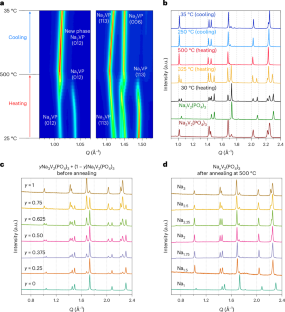2024-12-20 インペリアル・カレッジ・ロンドン
<関連情報>
- https://www.imperial.ac.uk/news/259481/imperial-astronomers-uncover-secret-cooking-stars/
- https://academic.oup.com/mnrasl/article/537/1/L67/7929735
Arp220における偏光ダスト発光:超大光度赤外線銀河のコアにおける磁場 Polarized dust emission in Arp220: magnetic fields in the core of an ultraluminous infrared Galaxy
D L Clements, Qizhou Zhang, K Pattle, G Petitpas, Y Ding, J Cairns
Monthly Notices of the Royal Astronomical Society: Letters Published:20 December 2024
DOI:https://doi.org/10.1093/mnrasl/slae107

ABSTRACT
Arp 220 is the prototypical ultraluminous infrared Galaxy (ULIRG), and one of the brightest objects in the extragalactic far-infrared sky. It is the result of a merger between two gas rich spiral galaxies which has triggered starbursting activity in the merger nuclear regions. Observations with the submillimeter array centred at a frequency of 345 GHz and with a synthesized beamsize of 0.77×0.45 arcsec were used to search for polarized dust emission from the nuclear regions of Arp 220. Polarized dust emission was clearly detected at 6 σ significance associated with the brighter, western nucleus, with a peak polarization fraction of 2.7±0.35 per cent somewhat offset from the western nucleus. A suggestive 2.6 σ signal is seen from the fainter eastern nucleus. The dust emission polarization is oriented roughly perpendicular to the molecular disc in the western nucleus suggesting that the magnetic field responsible is orientated broadly in the plane of the disc, but may be being reordered by the interaction between the two nuclei. Unlike more evolved interacting systems, we see no indication that the magnetic field is being reordered by the outflow from the western nucleus. These observations are the first detection of dust polarization, and thus of magnetic fields, in the core of a ULIRG.



